Cosmology
-
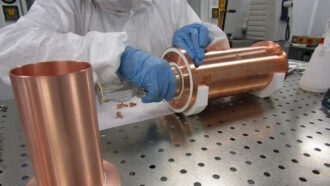 Cosmology
CosmologyThe dark matter mystery deepens with the demise of a reported detection
Early results from an experiment designed to replicate one that hinted that dark matter is made up of WIMPs came up empty-handed.
-
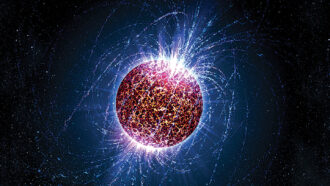 Cosmology
CosmologyEinstein’s theory of general relativity unveiled a dynamic and bizarre cosmos
Albert Einstein’s theory of general relativity foretold space-bending beasts, cosmic shock waves and mysterious forces.
-
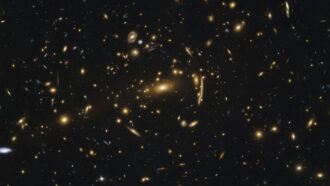 Space
SpaceDark matter clumps in galaxy clusters bend light surprisingly well
Cosmologists have found one more way to be confused by dark matter.
-
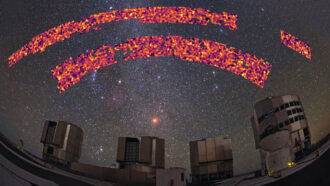 Cosmology
CosmologyScientists can’t agree on how clumpy the universe is
A measurement of 21 million galaxies finds a level of clumpiness that disagrees with estimates based on the oldest light in the universe.
-
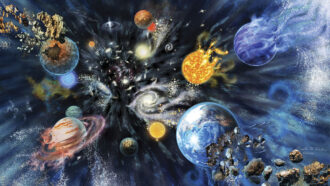 Cosmology
Cosmology‘The End of Everything’ explores the ways the universe could perish
As Katie Mack explains in The End of Everything, the universe’s demise could be disastrously violent or deadly calm.
-
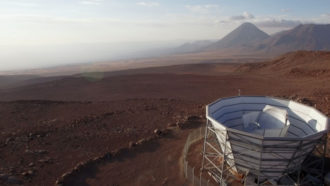 Cosmology
CosmologyDespite a new measurement, the debate over the universe’s expansion rages on
The Atacama Cosmology Telescope finds the universe is expanding more slowly than supernova observations suggest.
-
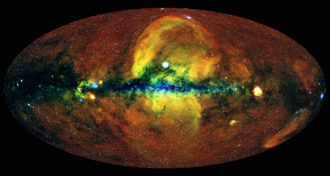 Space
SpaceThis is the most comprehensive X-ray map of the sky ever made
A new X-ray map of the entire sky, using data from the eROSITA telescope’s first full scan, looks deeper into space than any other of its kind.
-
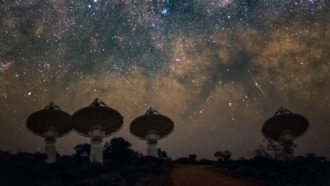 Space
SpaceHalf the universe’s ordinary matter was missing — and may have been found
Astronomers have used fast radio bursts as cosmic weigh stations to tease out where the universe’s “missing matter” resides.
-
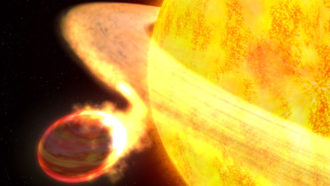 Space
SpaceRed giant stars that eat planets might shine less brightly
Some stars may shine less brightly after ingesting a planet. That finding, if confirmed, could have implications for calculating cosmic distances.
-
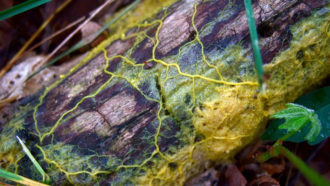 Physics
PhysicsHow slime mold helped scientists map out the cosmic web
Tapping a similarity between a slime mold’s lacy web and the vast threads of matter that connect galaxies, astronomers visualized the cosmic web.
-
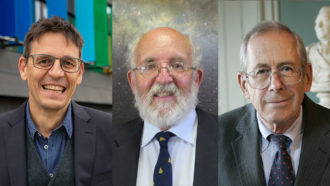 Physics
PhysicsPhysics Nobel awarded for discoveries about the universe’s evolution and exoplanets
Three scientists share the 2019 Nobel Prize in physics for revealing what makes up our cosmos and for finding the first planet orbiting a sunlike star.
-
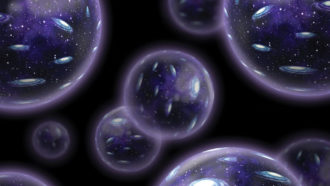 Cosmology
CosmologyA new book explores how the concept of the multiverse has evolved
Tom Siegfried, author of ‘The Number of the Heavens,’ discusses what the multiverse has meant to great thinkers throughout history.